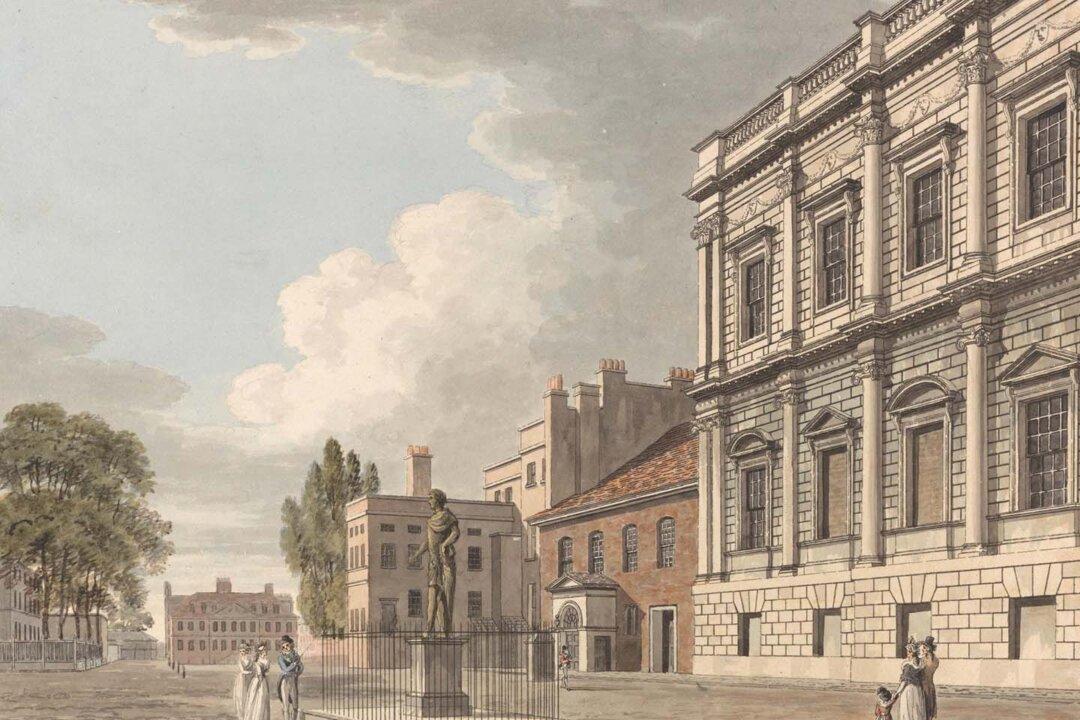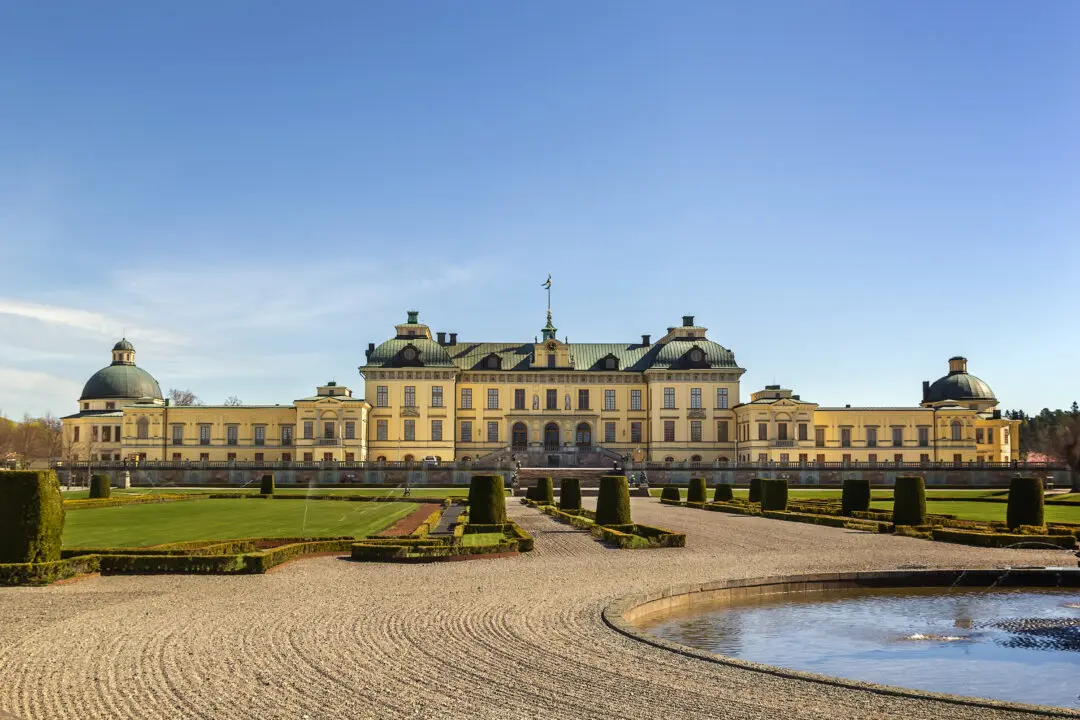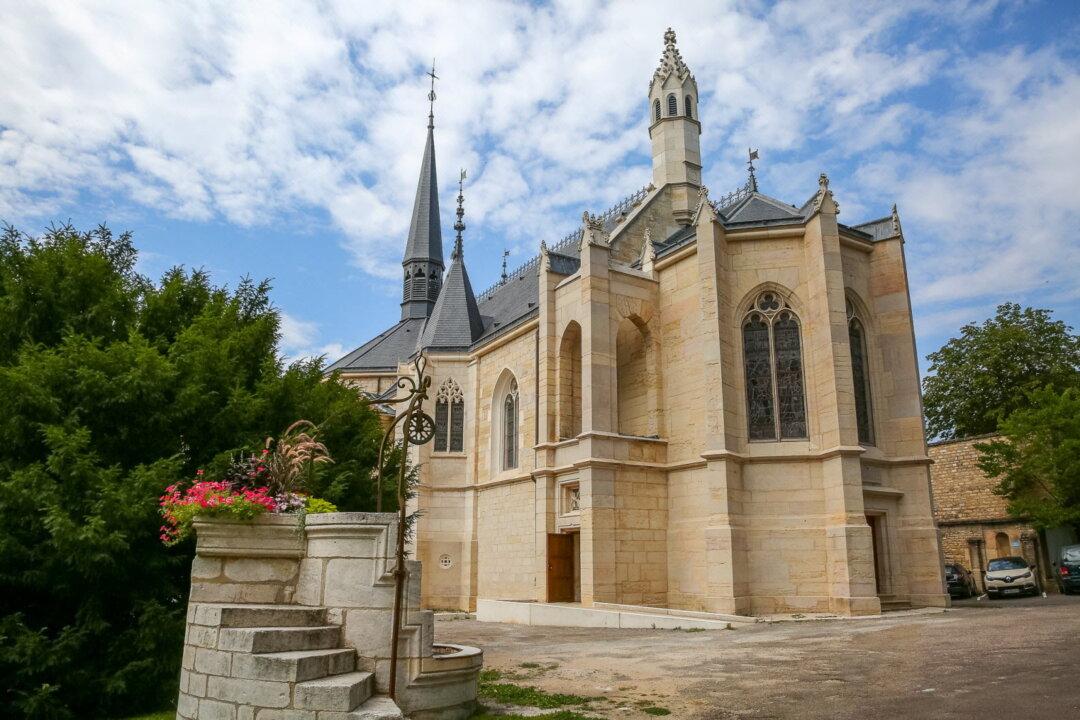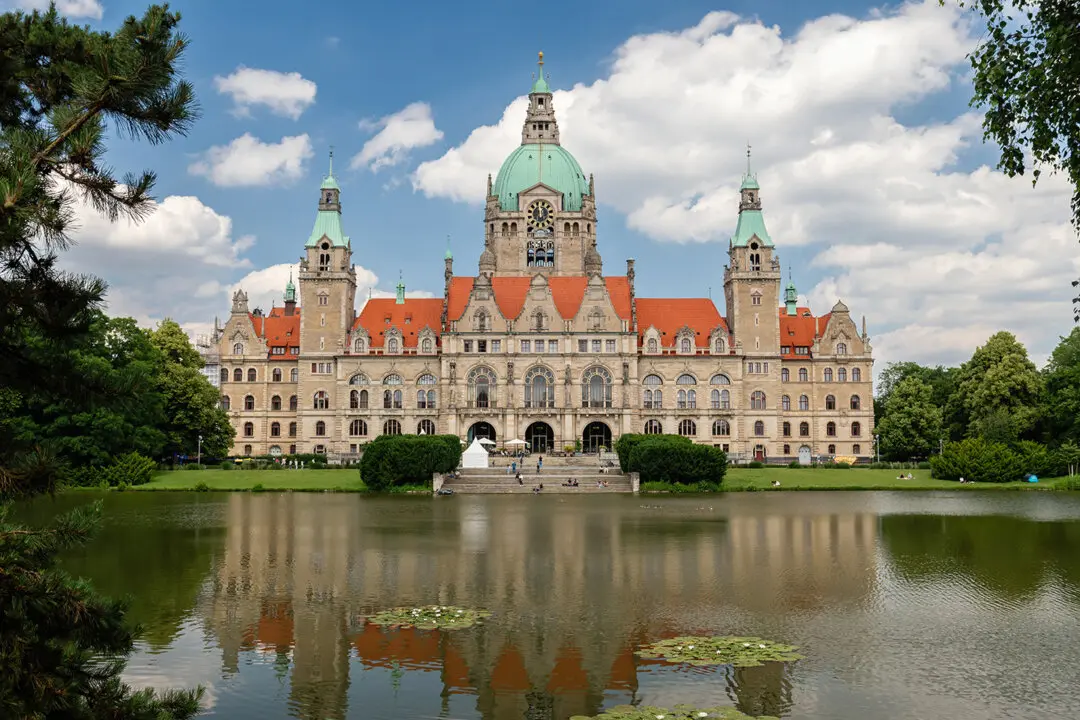Fatefully, when the Whitehall Palace was burned to the ground in 1698, the only surviving structure was the complex’s most artistically and architecturally significant—the Whitehall Banqueting House. When the banqueting house was built in 1622, Whitehall had been England’s primary royal residence for almost a century. With more than 1,500 rooms, Whitehall was the largest complex of secular buildings in England.
The Banqueting House is an important landmark in the history of English architecture. As the first structure in England to be built in the classical style of Palladian architecture, it transformed the country’s architectural taste.





